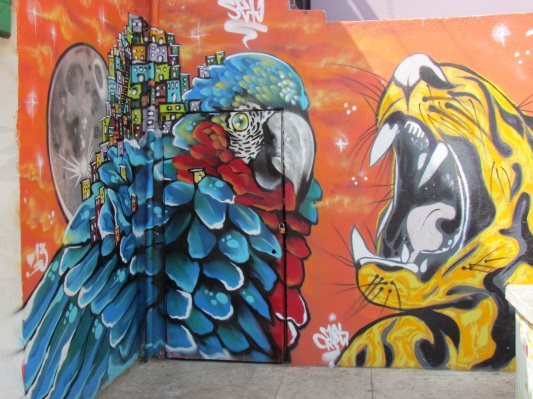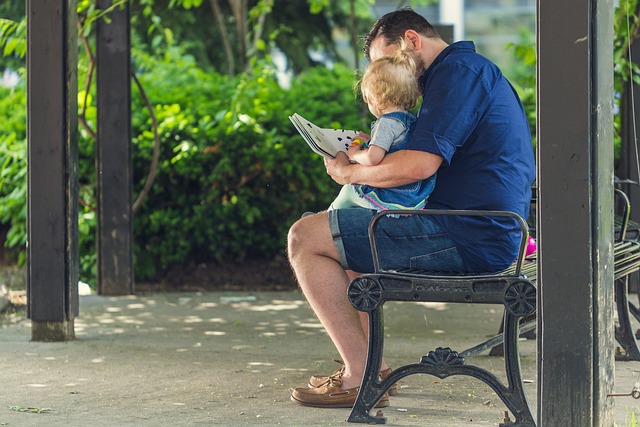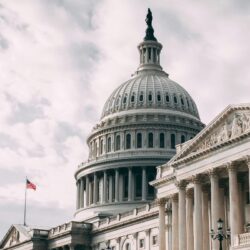Our Man in Bogota Finds Colombia a Nation Resurgent
For most of the 20th century and into the 21st the South American nation of Colombia was wracked by civil wars, political assassinations, drug violence, and guerilla warfare. It was not a mecca for tourism, with the exception of its Caribbean port, Cartagena, which was on many cruise ship itineraries. This has changed as my recent 12-day journey demonstrated. We went to the capital city Bogota: the coffee country towns of Armenia, Salento, and Manizales; the former fiefdom of drug-czar Pablo Escobar and now one of the innovative cities in the world, Medellin; and the aforementioned Cartagena. The tour, sponsored by Road Scholar, reflecting the nation’s new found confidence, was titled “A Renaissance in South America.”

Howard J. Silver served for a quarter century as the executive director of the Consortium of Social Sciences Agencies. His blog appears monthly at Social Science Space.
Following the 1948 assassination of Liberal presidential candidate Jorge Gaitan, what became known as “La Violencia” created more political unrest, including the rise of right-wing paramilitaries. In the early 1970s, the M-19 guerilla movement presented a left-wing urban insurgency that culminated with a storming and hostage-taking attack on the Palace of Justice. The response from the Colombian military led to the burning of the building, leaving over 100 people dead, including 11 judges.
Earlier, in 1964, the Fuerzas Armadas Revolucionarias de Colombia, or FARC, formed as a rural guerilla force associated with the Communist party of Colombia. It would gain notoriety for its terrorist tactics of kidnapping, extortion, murder, and narco-trafficking. In the 1980s and early 1990s Colombia became notorious for its drug cartels that helped supply the U.S. and other countries with cocaine from the country’s large coca fields. Pablo Escobar became the most infamous cartel leader with his role in political assassinations (Minister of Justice Rodrigo Lara), kidnappings (see Gabriel Garcia Marquez’s News of a Kidnapping), and blowing up a civilian airliner, as well as flexing his political power to prevent extradition to the U.S.
With a negotiated peace with the M-19 guerillas in 1984 (they are now a political party) and the death of Escobar in 1993, Colombia began its march to the more peaceful and modern nation I saw on my trip. Its economy, until a recent slowdown because of the decrease in coffee and oil prices, was growing at around 4.5 percent. In 2015 that went down to 3.2 percent. In addition, the government of President Juan Manuel Santos has entered into serious negotiations — now taking place in Havana with a March 23rd deadline — to officially end the FARC insurgency. Of course, there are still parts of the country that tourists are not going to see, mostly on Colombia’s borders with its neighbors – Ecuador, Peru, Venezuela, Brazil, and Panama – where the drug trade still flourishes and political disputes are ongoing.
Bogota is a sprawling, bustling capital city of almost 8 million people in the city (the third largest in South America) and close to 10 million in the metro area. It sits on a plateau at 8,600 feet above sea level, close to the West Andes mountains. A trip to the Monserrat, a mountain overlooking the city, provides breathtaking views. Like all major cities Bogota has horrendous traffic problems, with talk of building a subway system in the future. Once the most violent city in the world, it has reduced its murder rate significantly. The major evidence of the new Colombia in the city is the rebuilt Palace of Justice in Bolivar Square, a modern edifice surrounded by the historic Congress building begun in 1876 but not completed until 1926, and its cathedral, opened in 1823. Bogota also has a museum with over 200 art pieces donated by Colombia’s most famous artist Fernando Botero – who like Garcia Marquez, spent a good portion of his life outside his home country because of the violence.
Evidence of the transformation of the country appears most in Medellin. Once the domain of Escobar’s drug cartel, it is now a booming city with some very interesting urban experiments, particularly in transportation. As the second-largest city in Colombia with a population of close to 2.5 million, the city has significantly recovered so that in 2013, the Urban Land Institute chose Medellín as the most innovative city in the world. It is full of new apartment buildings, but still has its share of urban poverty.
Its above-ground Metro, which began operation in 1995, is a major commuter rail line that has become an important social and cultural symbol of the new Medellin. The city has also made efforts to bring poor people off the hillsides to get them to the central city to work. We rode the Metrocable system into the hills past poor areas resembling the favelas of Rio, but the system clearly was working and as a side effect apparently has contributed to significant crime reduction. The third innovation is the installation of a system of electric escalators in Comuna 13, one of Medellín’s poorest neighborhoods. The government’s goal for the area, also situated on a hillside, was to provide a way to bring people down to the main part of the city for work, while also providing many other social services. Riding the escalators and visiting the neighborhood with its beautiful street art suggested a clear attempt to instill new pride and a better life for these residents.
One of the side trips we took from Medellin was to the resort town of Guatape. Dominated by El Peidra Penol, the second largest monolith in the world (Rio’s Sugar Loaf Mountain is No. 1), Guatape is a colorful town that sits on a lake created by a dam meant to help a Medellin utility company generate hydroelectricity. In doing so, the town of Viejo Penol was submerged; all that remains of the town is a large cross rising out of the water. Also on the lake are the remnants of Pablo Escobar’s “La Manuela;” his fantasy island. Like the estate of another drug trafficker, Carlos Leder, now in a U.S. prison, Escobar’s multiple dwellings are now burnt out shells. They have not been torn down because someone thinks they can become a tourist enterprise.
Cartagena remains pretty much a tourist city. Sitting on the Caribbean, it attracts cruise ship passengers to the glittering neighborhood of Boca Grande, which resembles Miami Beach and other such cities with high rise condos and glamorous shops. We stayed inside the old city walls, which is full of churches, grand plazas, a sea wall resembling Havana’s Malecon, small boutique hotels, another Bolivar square, and a favorite spot, the KGB Bar with its outsize portrait of Lenin. Outside of the walls on the east side of town are where most of Cartagena’s 850,000 people live. There packed housing, young residents playing baseball, and a new school (courtesy of donations from pop star Shakira) are part of the landscape, as is the San Felipe Fort, which took the Spanish almost 200 years to complete.
While we were there, the news was full of the negotiations with the FARC currently underway in Havana. The Santos government has set a deadline of March 23 to bring these three year discussions to a conclusion. Part of the accord will establish a Special Peace Jurisdiction to hear confessions, to try and punish war crimes and crimes against humanity, and to determine reparations to victims. Also in early February, President Santos visited the United States for a meeting with President Obama. The U.S. pledged $450 million in aid, part of which will help implement the FARC peace deal.
Our guides were quite skeptical of the negotiations. They expressed the view that the government was appearing to reward, rather than punish, the FARC guerillas by providing financial incentives for them to give up the insurrection and lay down their arms. Santos’ predecessor, Alvaro Uribe, whose father was killed by the FARC, has also criticized the proposed deal as “too soft.” A smaller insurgent group called the ELN (for Ejército de Liberación Nacional) is not participating in the FARC talks, but has been holding preliminary discussions with the government. Santos hopes that with an agreement with FARC, the ELN will also give up.
If all this comes to fruition, Colombia can continue its social, economic, and cultural resurgence. Thus, while much of the recent news focuses on increased American tourism to Cuba, perhaps U.S. citizens and others can be convinced to give this other former “pariah” in the Western Hemisphere a look.




















































































